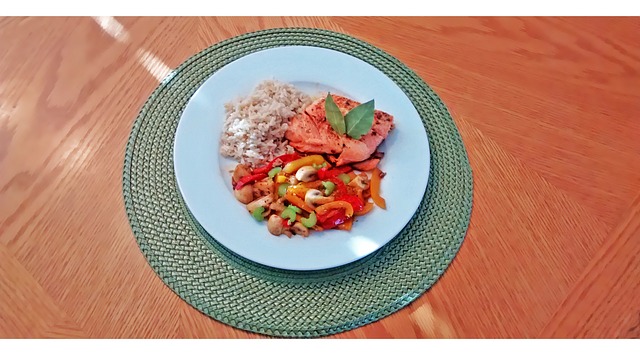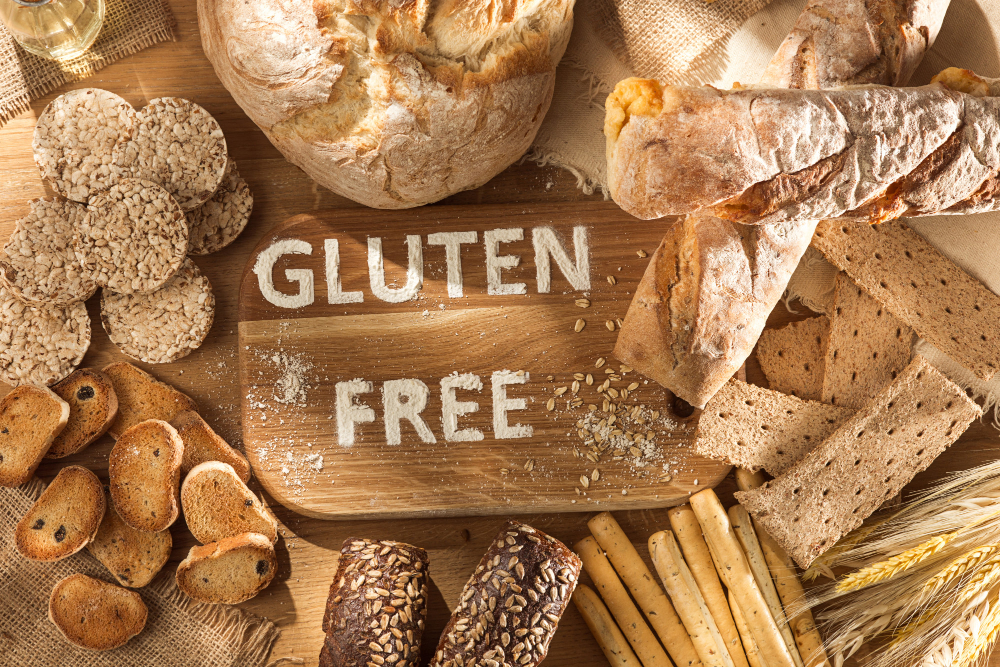The DASH (Dietary Approaches to Stop Hypertension) diet is a dietary pattern specifically designed to lower blood pressure and promote heart health. It emphasizes the consumption of nutrient-rich foods that are low in sodium and saturated fats. In this comprehensive article, we explore the origins, components, health benefits, potential drawbacks, and tips for getting started with the DASH diet. Whether you’re looking to improve your cardiovascular health or adopt a balanced eating plan, this guide will provide you with valuable insights and practical advice.
What is the DASH Diet?
The DASH diet was developed by the National Heart, Lung, and Blood Institute (NHLBI) to combat hypertension. It emphasizes a balanced approach to nutrition, focusing on whole foods, lean proteins, fruits, vegetables, whole grains, and low-fat dairy products. The diet encourages limiting sodium intake and reducing the consumption of foods high in saturated fats, cholesterol, and added sugars.
The DASH diet originated from clinical trials conducted by the NHLBI in the 1990s. The studies aimed to examine the effect of dietary patterns on blood pressure. Researchers found that the DASH diet significantly reduced blood pressure levels and provided additional health benefits, leading to its widespread recognition and adoption.
Components of the DASH Diet
The DASH diet is characterized by the following components:
- Fruits and Vegetables: The diet emphasizes the consumption of fruits and vegetables, which are rich in vitamins, minerals, antioxidants, and fiber.
- Whole Grains: Whole grains provide essential nutrients, fiber, and energy. The DASH diet encourages the consumption of whole grain bread, rice, pasta, and cereals.
- Lean Proteins: Lean proteins, such as poultry, fish, legumes, and nuts, are preferred sources of protein due to their lower saturated fat content.
- Low-Fat Dairy: The DASH diet includes low-fat or fat-free dairy products as a source of calcium, protein, and other essential nutrients.
- Healthy Fats: The diet emphasizes the consumption of healthy fats found in foods like avocados, nuts, seeds, and olive oil while minimizing saturated and trans fats.
- Limited Sodium: The DASH diet encourages reducing sodium intake by avoiding high-sodium processed foods and seasoning meals with herbs, spices, and other flavorings instead.
Health Benefits of the DASH Diet
The DASH diet offers numerous health benefits, including:
- Blood Pressure Management: The primary objective of the DASH diet is to lower and manage blood pressure levels effectively, making it especially beneficial for individuals with hypertension or prehypertension.
- Cardiovascular Health: By promoting a balanced eating pattern, the DASH diet helps reduce the risk of cardiovascular diseases, including heart disease, stroke, and heart failure.
- Weight Management: The emphasis on whole foods, portion control, and reduced intake of high-calorie, processed foods can support healthy weight management.
- Improved Blood Lipid Profile: The DASH diet has been shown to lower LDL cholesterol (the “bad” cholesterol) and triglyceride levels while increasing HDL cholesterol (the “good” cholesterol).
- Reduced Diabetes Risk: The DASH diet’s focus on whole grains, fruits, vegetables, and lean proteins can help regulate blood sugar levels and reduce the risk of developing type 2 diabetes.
How to Get Started with the DASH Diet
Getting started with the DASH diet involves the following steps:
- Assess Current Eating Habits: Take stock of your current dietary patterns, identify areas for improvement, and determine where adjustments can be made.
- Gradual Implementation: Start by incorporating small changes into your diet, such as adding more fruits and vegetables or choosing whole grain options. Gradual implementation increases the likelihood of long-term adherence.
- Meal Planning: Plan meals in advance to ensure a variety of nutrient-dense foods are included. Create a shopping list that aligns with the DASH diet’s principles.
- Monitor Sodium Intake: Read food labels, choose low-sodium options, and limit the use of table salt. Opt for herbs, spices, and other flavorings to enhance taste.
- Seek Support: Consider consulting with a registered dietitian or healthcare professional to receive personalized guidance and support.
Potential Drawbacks of the DASH Diet
While the DASH diet is generally considered safe and beneficial, it is essential to consider potential drawbacks:
- Initial Adjustment: Adapting to the DASH diet may require adjusting taste preferences and habits. Some individuals may find it challenging to transition from a higher sodium and processed food intake to a more whole-food, lower-sodium approach.
- Time and Preparation: The DASH diet often involves more meal preparation and planning compared to a typical Western diet. It may require additional time and effort to shop for fresh ingredients and cook meals from scratch.
- Individual Variations: While the DASH diet provides general guidelines, individual nutritional needs may vary. It is crucial to consider specific dietary requirements, allergies, or medical conditions when implementing the diet.
- Affordability: Depending on food availability and location, following the DASH diet’s recommendations, such as consuming fresh produce and lean proteins, may be more expensive for some individuals.
Conclusion
The DASH diet is a scientifically supported eating plan designed to promote heart health and reduce blood pressure. By focusing on whole, nutrient-dense foods while limiting sodium and saturated fats, individuals can experience numerous health benefits, including better blood pressure management, improved cardiovascular health, weight management, and reduced diabetes risk. Starting the DASH diet involves gradual changes, meal planning, and mindful sodium intake. While some individuals may find it challenging to adjust initially, the potential drawbacks, such as the need for preparation time and individual variations, can be addressed with proper planning and support. The DASH diet offers a balanced and sustainable approach to eating, supporting long-term health and well-being.
Image by Isabelle Pinet from Pixabay
Diet
-

Can Arthritis Sufferers Benefit From A Gluten-Free Diet?
The relationship between diet and health has led to increased interest in dietary interventions for various medical conditions, including arthritis. One such approach is adopting a gluten-free diet, which involves eliminating gluten-containing foods. This article explores whether going gluten-free can benefit individuals with arthritis, examining both potential advantages and drawbacks. Understanding Arthritis and Gluten Sensitivity…
-

How to Overcome the Allure of Processed Foods and Make Healthier Choices
-

Foods that Fuel Fatigue: Be Mindful of Your Diet to Boost Energy Levels
-

The Health Benefits of Dark Chocolate for the Heart
-

Unveiling the Health Benefits of Pickles and How to Find the Healthiest Options
-

Nourishing Your Bones: 6 Essential Foods for Osteoporosis Prevention
-

Stock Up with Healthy Snacks with These 10 Easy Tips









Leave a Reply